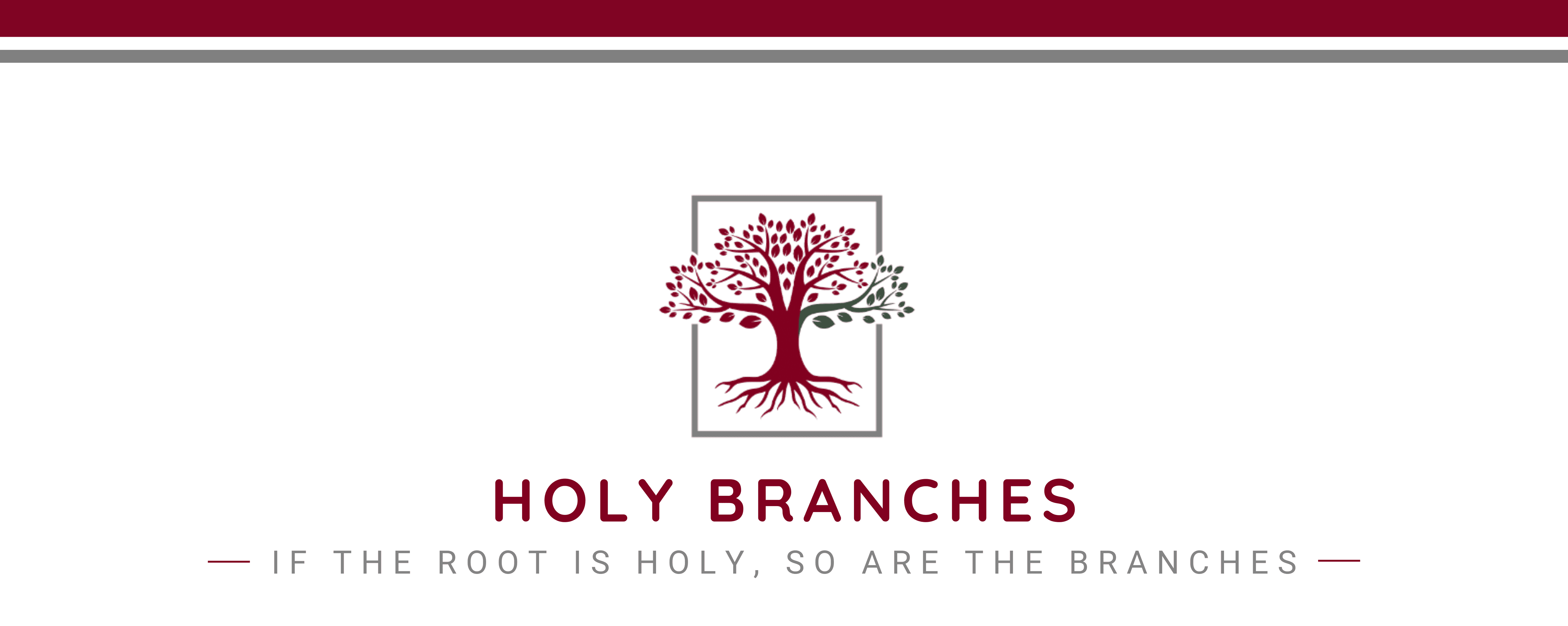
An Introduction to the Hebrew Vowels
Learning the Hebrew Language can be beneficial to the faith of a Christian. In studying the Bible, a knowledge of Biblical Hebrew will clarify the meaning of the text in a way that simply studying from translations cannot.
Here are my free printable Hebrew vowel flash cards!

Although Hebrew can be intimidating at first appearance, English speakers can grasp it well with practice. In An Introduction to the Hebrew Alphabet, I introduced each of the 22 Hebrew letters. Now I’ll provide a very simple intro to the vowels as well.
The Hebrew vowels are not letters as they are in English but a series of markings called nikkud. The major difference between the vowels in English and those in Hebrew is that they’re optional in Hebrew. They’re added to the letters to make reading easier but a lot of Hebrew (both modern and Biblical) is written without them.
The concept that Hebrew would appear without vowels was at first very intimidating to me. But our familiarity with the English Language makes us able to read when the vowels are removed and the same happens in Hebrew as well.
Don’t believe me? What does this say?
Rdng wtht vwls sn’t tht dffclt!
It’s a bit challenging, but your mind fills in the blanks and you can make sense of a sentence with no vowels. This is the same for those familiar with Hebrew.
You can see the function of the vowels and how they dictate the pronunciation of a word by looking at the first word in my vowel-less sentence above. You may have read it as “Reading”, which was my intent but your mind may have substituted an “i” instead of the “ea” in reading. This would have led you to read the first word as “Riding” instead. The context gave away the correct pronunciation of the word but this example shows why vowels are added to Hebrew and how they clarify.
Vowels are found above (to the left) or below a letter. The consonant sound is made first and is followed by the vowel sound that’s below or above it.
In the explanations below, I use the letter aleph (א) to carry the vowels but they can accompany any of the other letters in the Hebrew alphabet as well.
אַ and אָ
These two vowels are different in appearance but make the same sound. Patah and kametz both make the “a” sound like in the word “yacht”. For example, the word אָמַר (meaning “to say” or “he said”), is pronounced “ah-mar”.
אֶ
Segol makes the “eh” sound as in “bed”. An example of a word containing segol is “אֶרֶץ“, meaning “land” or “earth”. It’s pronounced “eh-retz”.
אֵ
The vowel tsere, whose name is pronounced ser-ay, sounds like the “ay” in the word “hay”. It can also be pronounced “eh” as in “bed”, depending on accent. In Israel, the pronunciation agreed upon is “eh”. Example: לֵב is pronounced “layve” or “lev” and is the word for “heart”.
אִ
The name for this vowel is chiriq (with the “ch” pronounced in your throat, like the “ch” in “Bach). The sound it makes is like the “ee” in the word “bee”. Chiriq is often followed by the letter yod (י), which lengthens its sound. For example, the word “אִישׁ” is pronounced “eesh” and it means “man” or “husband”.
אֹ
Cholem appears as a dot above and just to the left of the letter it’s with. Just like chiriq, the word “cholem” is pronounced with the “ch” sound in your throat, as in Bach. When it appears with a consonant, cholem makes the “o” sound like the letter O in “foe”. An example is כֹּל, which means “all” or “whole” and is pronounced “coal”.
אֻ
Kubbuts is the name of this vowel. It has a “oo” sound, as in the name “Sue”. Kubbuts is used in סֻכָּה, which is pronounced “sue-kah”, and means “hut” or “temporary shelter”.
בְ
Shva (pronounced sh-va) is a more complicated vowel. Firstly, I put it under the letter vet above instead of aleph because shva cannot appear under gutterals and aleph is considered one.
Secondly, shva sounds differently, depending on where it’s found in a word. It can either make the “uh” sound, as in “buck” or it can be silent, indicating a pause.
In לְ, a word meaning “to”, “for”, or “in regard to”, the shva makes the “uh” sound and the word is pronounced “luh”. But, when in the middle or end of a word, shva is usually silent.
In a word like , with two shvas in a row, the first is silent and the second is pronounced. So, the word for “families” in Hebrew, מִשְׁפְּחֹת would be pronounced “mish-puh-chote”. And in the word יִשְׂרָאֵל, meaning Israel, the shva is silent, causing it to be pronouced “yees-ra-el”.
That’s a bit confusing so I’ll sum up the basic shva rules.
- At the beginning of a word, it’s pronounced “uh”.
- In the middle of a word, it’s a silent pause.
- Two next to each other: first is a silent pause, second is pronounced “uh”.
אֲ and אֱ
When patach and Segol are combined with shva, they basically make the same sound as without the shva. So, אֲ is pronounced “a” as in “yacht” and אֱ is pronounced with the “eh” sound, as in “bed”.
Examples of this are אֲשֶׁר, meaning “which” (pronounced “ah-share”) and אֱלֹהִים, which means “Elohim” (pronounced “El-o-heem”).
אֳ
This vowel is called chatef kametz but it doesn’t take the sound of the kametz or the shva, but has its own sound. It makes the “o” sound, as in “foe”. An example is the word שֳׁרָשִׁים, which is pronounced “show-ra-sheem” and means “roots”.
וֹ and וּ
These vowels use the Hebrew letter vav but the vav is not pronounced. Cholem vav (which is a vav with a dot above it, like this וֹ) sounds just like the cholem would above another letter. It makes the “o” sound as in “foe”.
Shurek, which is a vav with a dot inside of it like this וּ, is pronounced with the “oo” sound in the name “Sue”. Again, the sound of the letter vav is not used in this case.
Examples of these are the words יוֹם and רוּת (day and Ruth), which are pronounced “yohm” and “root”, respectively.
Working on memorizing the Hebrew vowels? Use my free printable Hebrew vowel flash cards to get started right away!
Click here for a printable version of the Hebrew Vowel Chart
Since many of the vowels make similar sounds, it’s not very difficult to memorize all of them with a little practice. For more resources to help you in your studies of Biblical Hebrew, check out my resources page!
Comments (11)
Leave a Reply Cancel reply
Search
Recent Comments
- Denise Kerhlikar on Explaining The Chosen: Season 3, Episode 3: Physician Heal Yourself
- DSS on Wild Olive Branches: The Blessing of Being Grafted In
- Nicolai Marvin on An Introduction to the Hebrew Vowels
- Kathy on How to Find a Hebraic Congregation
- Amy on Explaining The Chosen: Season 1, Episode 3: Jesus Loves the Little Children







Hello, I need some help with the pronunciation of YHVH in the manuscripts. The best interlinear I could find is the Green’s Interlinear, basing the pronunciation of the Massoretic manuscripts. This is how it looks: יְהוָֽה׃
I have not seen the nikkudot underneath the Yod before. Could someone advise or point to a good research text please? Thank you!
I am trying to pull out the Hebrew term in Isaiah 9:6 we translate to “Mighty God”. Is it “גִּבְ¦בוֹר אֲ¦בִי”?
“Mighty God” is אֵל גִּבּוֹר.
(אֲבִי is “father of”)
I always recommend Blue Letter Bible (the website and the app) for help with Hebrew. Even if you don’t know Hebrew, it can be a great help for word studies and translation. Shalom!
Hi, Hebrew Roots Mom!
I am a Hebrew Roots dad! I discovered that my last name is pronounced “El-o-Yah”. My most immediate ancestors came to the US from Italy, but I now know that my name is Hebrew. “El” = “God” and “Yah” = His covenant Name.
What does the “o” sound in the middle of a word or name mean?
Is it like “my” or “our”? Does “El-o-Yah” mean “my God is YWHW”? Or “our God is YHWH?”
Help, please! Thank you.
Genesis 1:3 has a dot on the right side of the Aleph. Why?
In the word וַיֹּאמֶר, the dot is a cholem that accompanies the yod. It makes the sound “oh” so the first word in Genesis 1:3 would be pronounced “vah-yo-mehr”. It’s followed by the name for God, Elohim, so those 2 words together can be translated: “and/then God said”.
I need to parse 5 verbs and finding two of them especially difficult because I have not seen a Segol-Yod in the third root letter before and I’m not sure where it came from.
For parsing in the Qal of weak verbs, I have to 1) eliminate boxes or colors; 2) identify Qal and preformatives/sufformatives; and 3) Identify weak root 1, 2, 3 and theme vowel. The parsing is for R1 yod/vav weak verbs of צְאֶ֫ינָה and יוֹשְׁבֶ֫יהָ.
I also do not know how the accent is on the third root or how the Segol-Yod appears.
Can you offer me any guidance?
Thanks for the reply. I wonder if we are talking about the same thing. I’m referencing not the vowels, but the Vowel letters (He, Vav, Yod).
Oh! I misunderstood what you were asking!
The letters Hey (ה), Vav (ו), Yod (י), and Aleph (א) are called “consonantal vowels” because they originally indicated vowel sounds before the Masoretes added the vowel pointing.
Aleph indicated the sound “ah”.
Hey indicated the sound “ay” when in the middle or beginning of a word but “ah” when at the end.
Vav stood for “oh” and “oo” sounds.
Yod indicated an “ee” sound.
Is that the info you’re looking for?
What is the purpose of the vowel letters? Im trying to learn the language and that has me stumped. ☺️
That’s a great question, Laura! The vowels (called nikkudot) are there for pronunciation. They were added to the Hebrew Bible later, by the Masoretes (basically very educated Jewish scribes), to standardize the pronunciation. If you know English well, you can read it even without vowels but you may have some question about how to pronounce something. From the example I used in this article, the word “rdng” could be pronounced either “reading” or “riding”. You can use context to tell you which is correct but having the vowels helps you know for sure. Usually, you learn Hebrew with the vowels, then they become optional as you’re more familiar with the language.